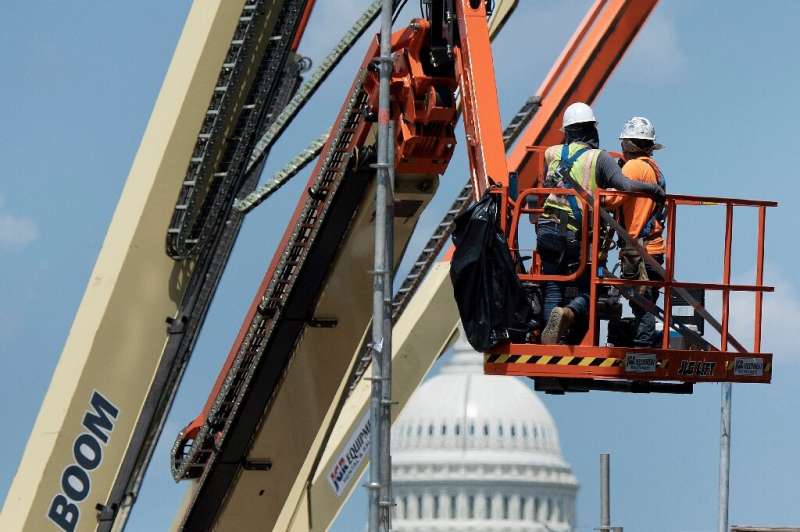Jobless benefit cuts cause lost earnings, spending in US states: study

American states that ended pandemic jobless benefits early saw slight dips in unemployment rates but big declines in spending and income, according to a study released Friday, in what could be a preview of the effects nationwide when the programs end completely.
First created by the CARES Act in March 2020 and extended several times since, the emergency benefits increased weekly unemployment payments and expanded them to freelance workers and the long-term unemployed.
But the federal aid has become controversial in recent months, as critics say it encourages people not to return to work even as Covid-19 vaccines became widely available and businesses struggle to fill open positions.
Officials in 26 states—mostly led by Republicans—have announced early cuts to some or all of the programs, which are due to expire nationwide on September 6.
In states where benefits ended early, nearly 25 percent of people surveyed had jobs as of the end of July, compared to about 22 percent in states that continued the programs, according to the study that analyzed data on 18,648 jobless people in the 22 states that ended extra benefits in June.
However, the job gains did not make up for the decline in incomes and spending that followed, according to the researchers from Columbia University, Harvard University, University of Massachusetts Amherst and University of Toronto.
"We see a small... rise in earnings of $14 per-week, making up around five percent of the shortfall from benefit decline," they wrote in the study using data from financial services firm Earnin.
However, unemployment benefits fell by $278 a week and "The reduced income was accompanied by a $145 per-week (20 percent) fall in spending."
Nationwide spending drop?
As the aid ends nationwide, "We could see around $8 billion in reduced spending during September and October. The spending losses are likely to continue further as additional workers take time to enter the workforce," they wrote.
While the authors were not certain, they predicted about half a million new jobs would be created in September and October, but the majority of the four million people who would lose benefits after the September expiration would "take much longer to find jobs."
President Joe Biden's American Rescue Plan stimulus package passed in March allocated $350 billion to state and local governments, and on Thursday his administration said states could use that money to keep the expanded benefits going beyond September, especially if rising infections from the Delta variant of Covid-19 delay hiring.
Labor Department data released Friday gave a mixed verdict on the impact of the benefit cuts on state-level unemployment rates, with joblessness declining in only 17 states in July, nearly half of which had cut the benefits early.
© 2021 AFP
No comments:
Post a Comment